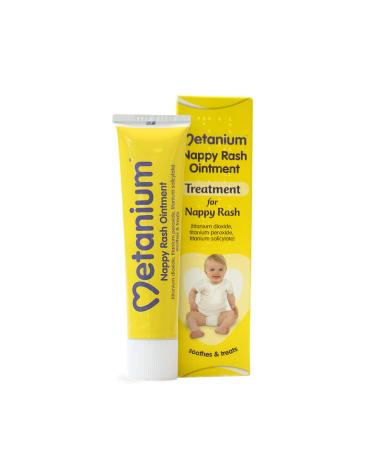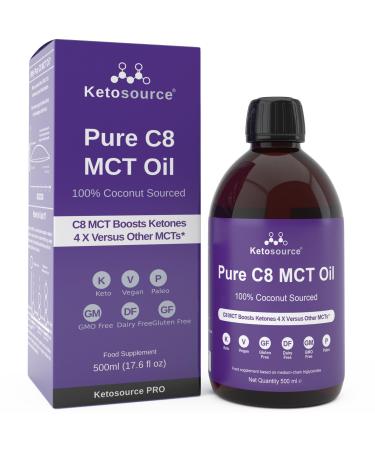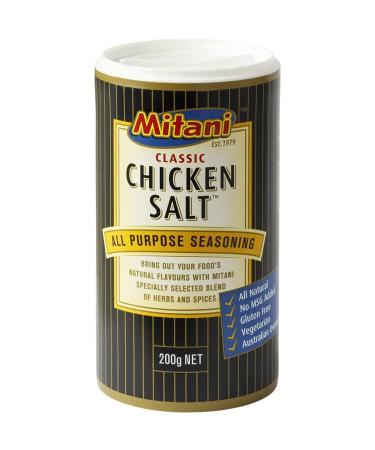ATC Vital Natural Safflower Oil
The safflower plant, considered native to South Asia, is thought to have spread from there to the Middle East and Mediterranean countries. With a history dating back 3,500 years, safflower is now produced in many countries around the world.
The first and most important feature is the linoleic acid (Omega-6-CLA) it contains, which, although essential for our body, cannot be produced by the body, must be taken externally. Known as CLA in sports circles and used by athletes to burn fat and increase muscle mass, the natural presence of this fatty acid in safflower oil makes it stand out. Safflower oil, also rich in unsaturated fatty acids, increases its performance to almost zero, especially with an exercise activity immediately after consumption. It accelerates the breakdown of accumulated fat in the body and its absorption into the bloodstream. This absorbed fat is burned and converted into energy, making one feel more energetic and vigorous.It is also known to be highly effective in increasing and maintaining muscle mass. Rich in amino acids, minerals, and vitamins, safflower oil is increasingly sought after today, as obesity rates are at their peak. Therefore, it should be noted that it is among the favorites of women.When used as a massage oil to benefit from skin absorption, it nourishes the skin, reduces wrinkles, and firms the skin. It accelerates local fat burning in the areas where it is applied. However, due to the rapid drying of Omega-3 acids, it is recommended to massage into small areas whenever possible.
The average saturated, monounsaturated, and polyunsaturated fatty acid composition of safflower oil can be given as follows:
| Saturated fatty acids | 9.5 |
| Monounsaturated fatty acids (Omega 9) | 0.5 |
| Polyunsaturated fatty acids (Omega 3 and 6) | |













